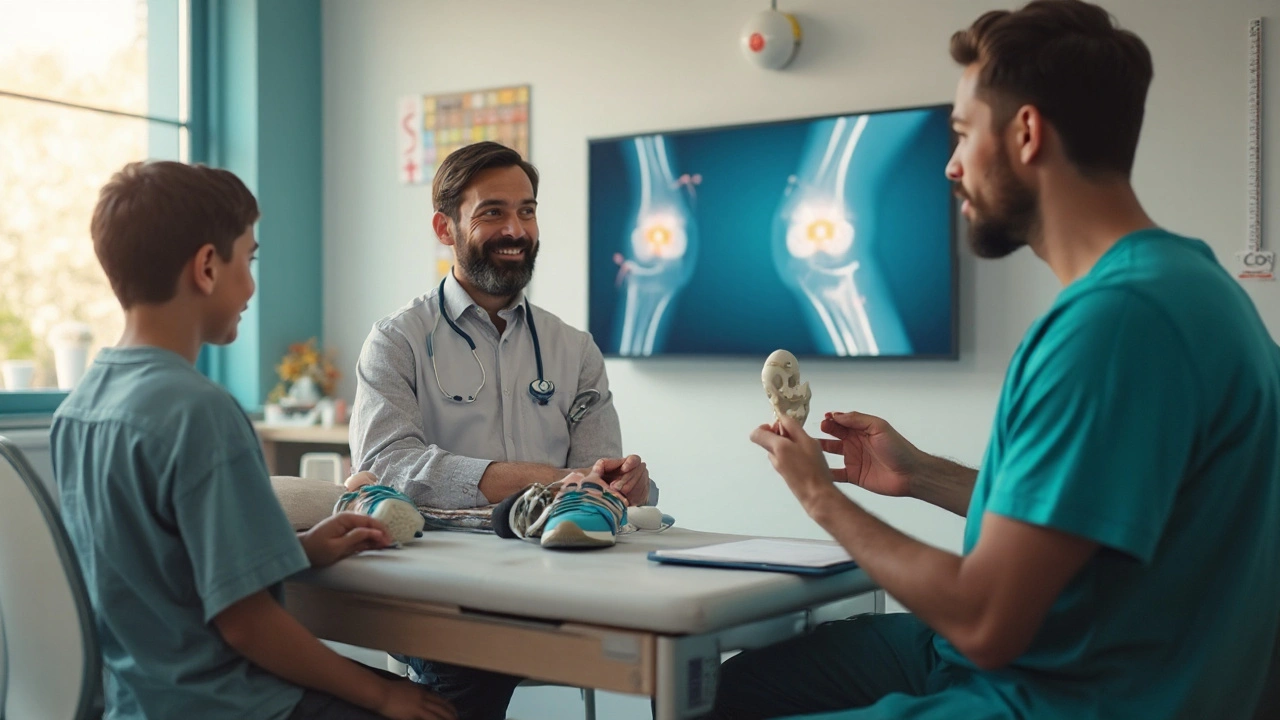Renal Osteodystrophy: What It Is and How to Manage It
If you have chronic kidney disease (CKD), you might hear the term “renal osteodystrophy.” It sounds complicated, but it’s basically a bone problem that comes from kidneys not working right. When kidneys can’t filter waste or balance minerals, your bones start to change – they can become weak, painful, or even break easily.
Most people notice symptoms when the disease has been around for a while. You might feel achy joints, notice your height shrinking a bit, or get frequent bone pain in the back or hips. Some folks hear a crackle when moving – that’s called “bone tenderness.” If you’ve had fractures without big falls, it could be a sign.
Why the Bones Get Weak in Kidney Disease
Your kidneys control calcium and phosphate levels. When they fail, phosphate builds up while calcium drops. The body tries to fix this by releasing more parathyroid hormone (PTH). High PTH tells bones to release calcium, which makes them softer over time. This chain reaction is what doctors call renal osteodystrophy.
Blood tests show high phosphate, low calcium, and elevated PTH. X‑rays or bone scans can also reveal changes like extra growths on the ribs or thinning of the hip bones. Knowing these signs early helps doctors act before serious damage occurs.
Practical Steps to Treat and Prevent
The good news is there are clear ways to slow down or even reverse bone problems. First, diet matters – cutting back on foods high in phosphate (like dairy, nuts, and processed snacks) can lower the load on your kidneys.
Second, doctors often prescribe phosphate binders. These are pills you take with meals; they grab excess phosphate in the gut so it doesn’t get absorbed. Common options include calcium carbonate or sevelamer.
Third, vitamin D analogues help the body use calcium better. They come in low doses and are adjusted based on blood work.
If PTH stays high, a medication called cinacalcet may be added to calm down the parathyroid glands.
For many patients, dialysis also helps balance minerals. After each session, phosphate levels usually drop, giving the bones a break from constant stress.
Exercise isn’t optional either. Light weight‑bearing activities – like walking or gentle resistance bands – keep bone strength up and improve overall health. Talk to your doctor before starting any new routine.
Finally, regular monitoring is key. Your doctor will check blood calcium, phosphate, and PTH every few months and adjust treatment as needed. Keeping these numbers in range reduces the chance of fractures and improves quality of life.
Renal osteodystrophy can feel scary, but with the right diet, medicines, dialysis when needed, and a bit of movement, you can protect your bones and stay active. If anything feels off, reach out to your healthcare team – early action makes a big difference.
Osteodystrophy & Growth Plate Abnormalities in Children: Signs, Diagnosis, and Treatment
Clear guide to osteodystrophy and growth plate problems in children: what it is, signs to spot, tests doctors use, treatment options, and day-to-day support.

